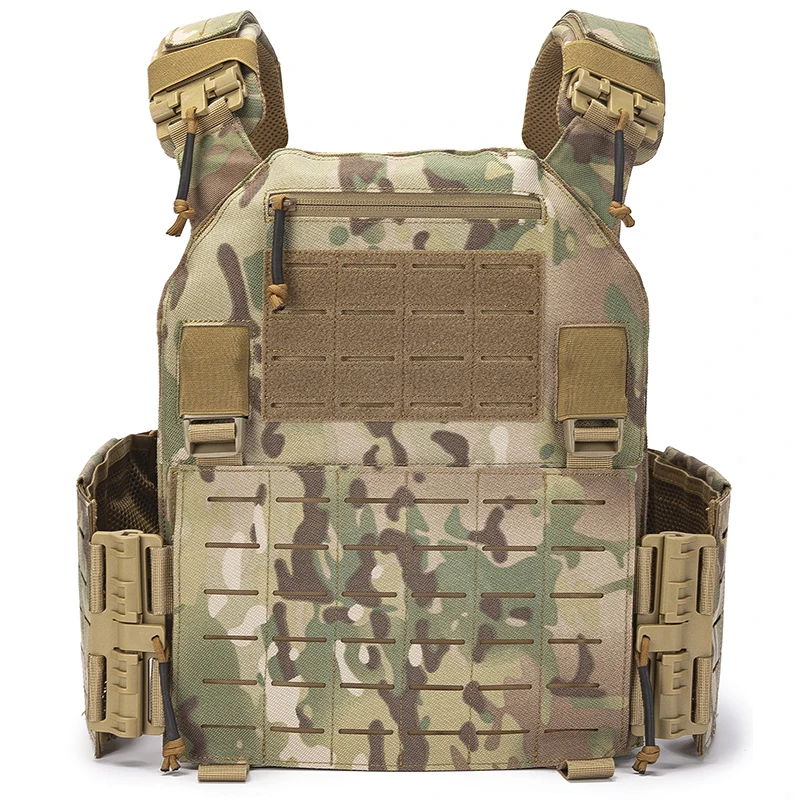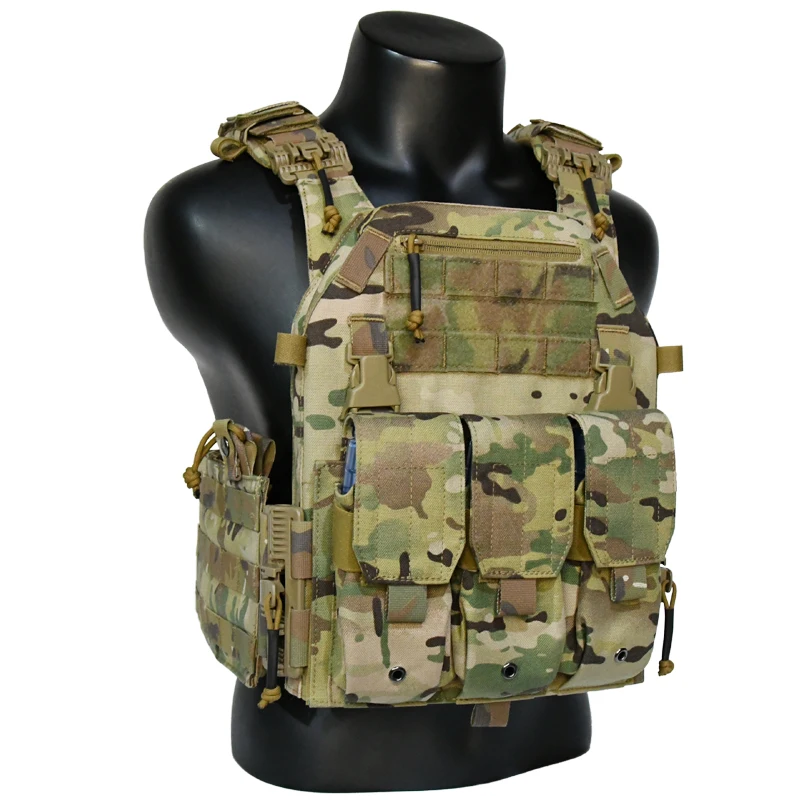Tactical Gear
PRODUCTS
Discover The Perfect Tactical Backpack For Your Needs
Capacity and Size
The first and arguably most important factor is capacity. How much gear do you realistically need to carry? A smaller pack, ranging from 20-35 liters, is ideal for day trips or short missions where you need to carry essentials like water, snacks, first-aid supplies, and a few other items. These are lightweight and agile, perfect for maneuverability.
Larger packs, 40 liters and above, offer significantly more space, suitable for extended trips, camping, or carrying heavier equipment. However, remember that increased capacity means increased weight and bulk, impacting agility. Consider the typical length of your missions or outings and the amount of gear you'll need to transport when determining the ideal size. Don't overestimate your needs; a slightly smaller pack will encourage you to be more selective about what you carry.
Material and Durability
Tactical backpacks are built to withstand harsh conditions. Look for backpacks constructed from durable materials like high-density nylon or ripstop fabrics. These materials resist abrasions, tears, and punctures, ensuring your gear remains protected even during demanding activities. Pay attention to stitching quality; robust stitching is critical for longevity.
Water resistance is another crucial factor. Consider a backpack with a water-resistant coating or a built-in rain cover. This will keep your gear dry in unexpected downpours or during outdoor excursions in wet environments. Some backpacks even feature fully waterproof compartments for sensitive electronics or documents.
Compartmentalization and Organization
A well-organized backpack is a key to efficiency. Look for backpacks with multiple compartments, pockets, and organizational features. Designated pockets for water bottles, laptops, first-aid kits, and other essential items can significantly improve accessibility and reduce clutter. Consider the type of gear you'll be carrying and choose a pack that offers appropriate compartments for optimal organization.
MOLLE (Modular Lightweight Load-carrying Equipment) webbing is a common feature on tactical backpacks. This webbing system allows you to attach additional pouches and accessories, customizing the pack to your specific needs. If you anticipate needing extra storage or specialized attachments, MOLLE compatibility is a valuable feature.
Comfort and Ergonomics
Carrying a heavy load for extended periods requires a comfortable and ergonomically designed backpack. Look for features like padded shoulder straps, a breathable back panel, and a waist belt. These features distribute weight evenly, reducing strain on your shoulders and back. Adjustable straps are also important for finding the perfect fit.
Consider the weight of the backpack itself. A lighter pack will be less tiring to carry, especially when loaded with gear. Try on different backpacks before making a purchase to assess their comfort and fit. A properly fitting pack will significantly improve your experience and prevent discomfort during use.
Additional Features
Beyond the basics, consider other features that might enhance your experience. These could include hydration bladder compatibility, integrated rain covers, sternum straps for added stability, and compression straps to secure your load. Think about your specific needs and choose a backpack with the features that matter most to you. Reading reviews and comparing specifications will help you assess the value of each feature.
Ultimately, choosing the perfect tactical backpack is a personal decision. By carefully considering these factors and assessing your individual needs, you can confidently select a pack that will serve you well for years to come, whether you're tackling a challenging hike or responding to a critical situation.
SUBSCRIBE
INQUIRY










